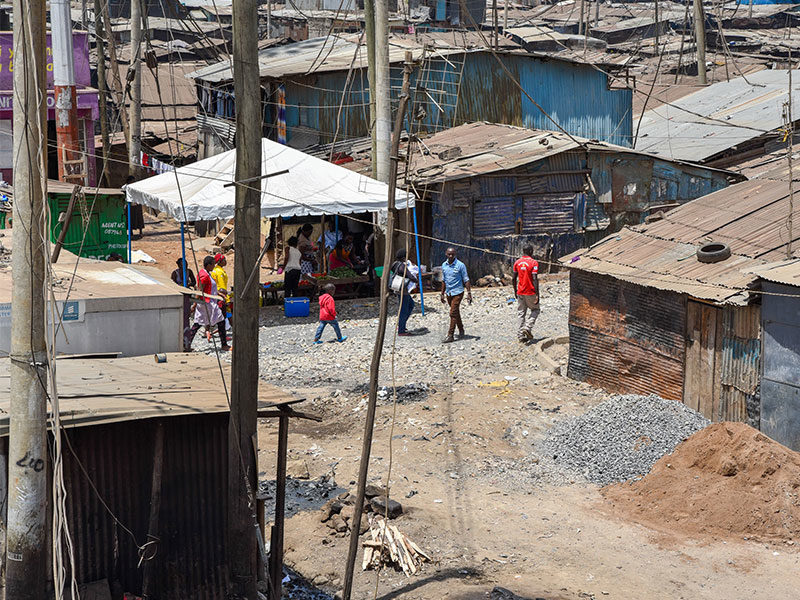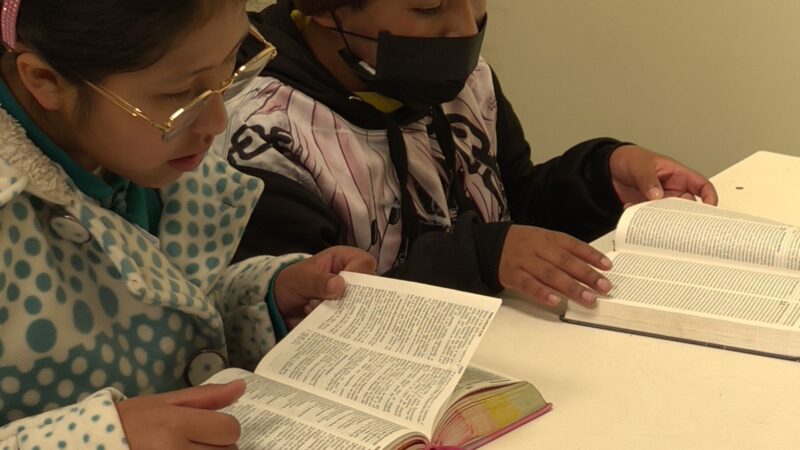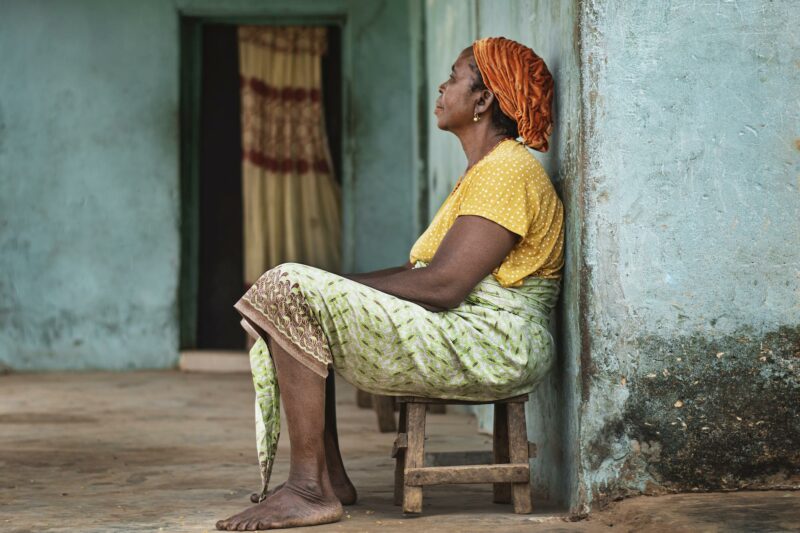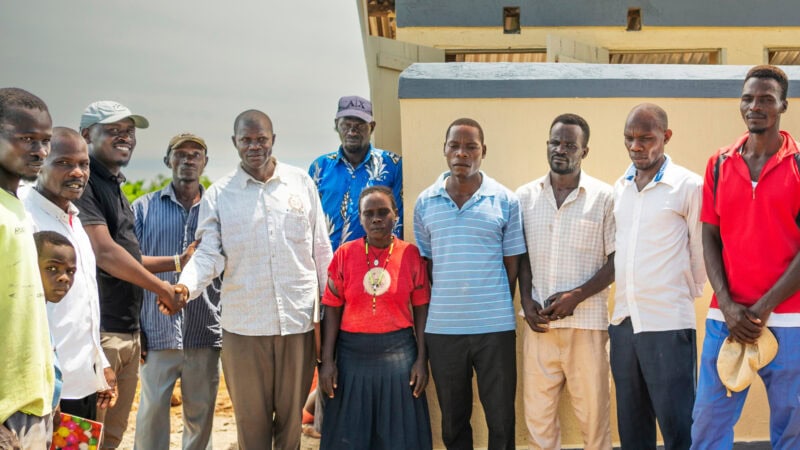By Brian Fikkert; reprinted with permission from The Chalmers Center.*
Why do we do what we do at Chalmers? Why do you do what you do at the church or ministry where you serve? We want to see people and communities transformed! At the heart of poverty alleviation is change—we all long to see materially poor people move from their current condition to a better one.
Over the years, we’ve learned that fostering such change requires us to understand the very nature of human beings, of human flourishing, and of God Himself. God has a plan for changing the entire world—including both materially poor people and middle-and-upper-class people—and since God is all-powerful, we would be wise to get on board with His story, His plan for change.
These are deep, theological truths, that my friend Kelly Kapic and I have explored in our recent book, Becoming Whole. Like all the best theology, though, there’s a practical side as well—knowing God and His ways should lead us to faithfulness here and now.
The Place for Change: The Local Church
Recently, I shared why we at the Chalmers Center are so passionate about the local church as the key to caring for the materially poor. The biggest reason, of course, is that true poverty alleviation is about restoring relationship with God, self, others, and the rest of creation—the kind of transformation that only God can bring about. But God has seen fit to set aside a people for Himself, a kingdom of priests (see 1 Peter 2:9-10) who declare and demonstrate his transforming power to the world. This is the local church!
In the face of the scope of poverty in the world today (nearly 30 percent of people on earth eke out an existence on less than $3.20 per day!1)—not to mention war, violence, racism, and all the effects of sin we see day in and day out—to say that the local church is the key to transformation seems, well, a little optimistic.
Please continue reading the rest of this blog post on The Chalmers Center website: https://chalmers.org/addressing-the-five-causes-of-poverty/




